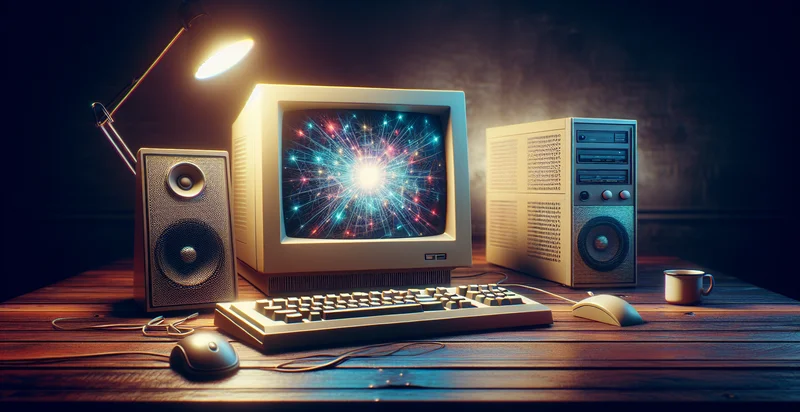Identify desktop conditions
using AI
Below is a free classifier to identify desktop conditions. Just upload your image, and our AI will predict the optimal desktop environment for various working conditions - in just seconds.

Contact us for API access
Or, use Nyckel to build highly-accurate custom classifiers in just minutes. No PhD required.
Get started
import nyckel
credentials = nyckel.Credentials("YOUR_CLIENT_ID", "YOUR_CLIENT_SECRET")
nyckel.invoke("desktop-conditions", "your_image_url", credentials)
fetch('https://www.nyckel.com/v1/functions/desktop-conditions/invoke', {
method: 'POST',
headers: {
'Authorization': 'Bearer ' + 'YOUR_BEARER_TOKEN',
'Content-Type': 'application/json',
},
body: JSON.stringify(
{"data": "your_image_url"}
)
})
.then(response => response.json())
.then(data => console.log(data));
curl -X POST \
-H "Content-Type: application/json" \
-H "Authorization: Bearer YOUR_BEARER_TOKEN" \
-d '{"data": "your_image_url"}' \
https://www.nyckel.com/v1/functions/desktop-conditions/invoke
How this classifier works
To start, upload your image. Our AI tool will then predict the optimal desktop environment for various working conditions.
This pretrained image model uses a Nyckel-created dataset and has 11 labels, including Clean Condition, Damaged Condition, Disorganized Condition, Dusty Condition, Excellent Condition, Fair Condition, Functional Condition, Good Condition, Non-Functional Condition and Organized Condition.
We'll also show a confidence score (the higher the number, the more confident the AI model is around the optimal desktop environment for various working conditions).
Whether you're just curious or building desktop conditions detection into your application, we hope our classifier proves helpful.
Related Classifiers
Need to identify desktop conditions at scale?
Get API or Zapier access to this classifier for free. It's perfect for:
- Remote Work Compliance Monitoring: Organizations can use the 'desktop conditions' identifier to ensure that employees are adhering to compliance and security protocols when working from home. By classifying images of employees' workspaces, businesses can verify the presence of security measures, such as adequate screen privacy and verification of company-issued hardware.
- Ergonomic Assessments: Companies can utilize this function to assess the ergonomic conditions of employees' workspaces. By identifying desktop setups, organizations can recommend ergonomic improvements, ensuring employee health and comfort, which can lead to increased productivity and reduced absenteeism.
- Resource Usage Optimization: The function can be employed to analyze desktop conditions in order to track the use of physical resources. Companies can identify underutilized equipment and make informed decisions regarding resource redistribution or upgrades, resulting in cost savings and improved efficiency.
- Remote Training and Development: In training programs, organizations can leverage the identifier to gauge the physical setup of participants' workspaces during remote training sessions. This can ensure that all participants have suitable environments, which can enhance learning outcomes and improve engagement in virtual training initiatives.
- Health and Safety Audits: The 'desktop conditions' identifier can be integrated into regular health and safety audits to assess employees' workstation setups. Organizations can ensure compliance with health standards and proactively address any issues related to workspace conditions before they become problems.
- Fieldwork Validation: For businesses operating in fieldwork environments, this function can validate that employees have the appropriate desktop conditions when working remotely. By classifying work environments, companies can ensure that field personnel have the necessary tools and setups to perform tasks effectively and safely.
- Customer Support Experience Improvement: Customer support teams can use the image classification to ensure that agents are working in conducive environments while handling customer inquiries. This can help maintain a professional and distraction-free atmosphere, leading to improved customer satisfaction and support efficiency.


